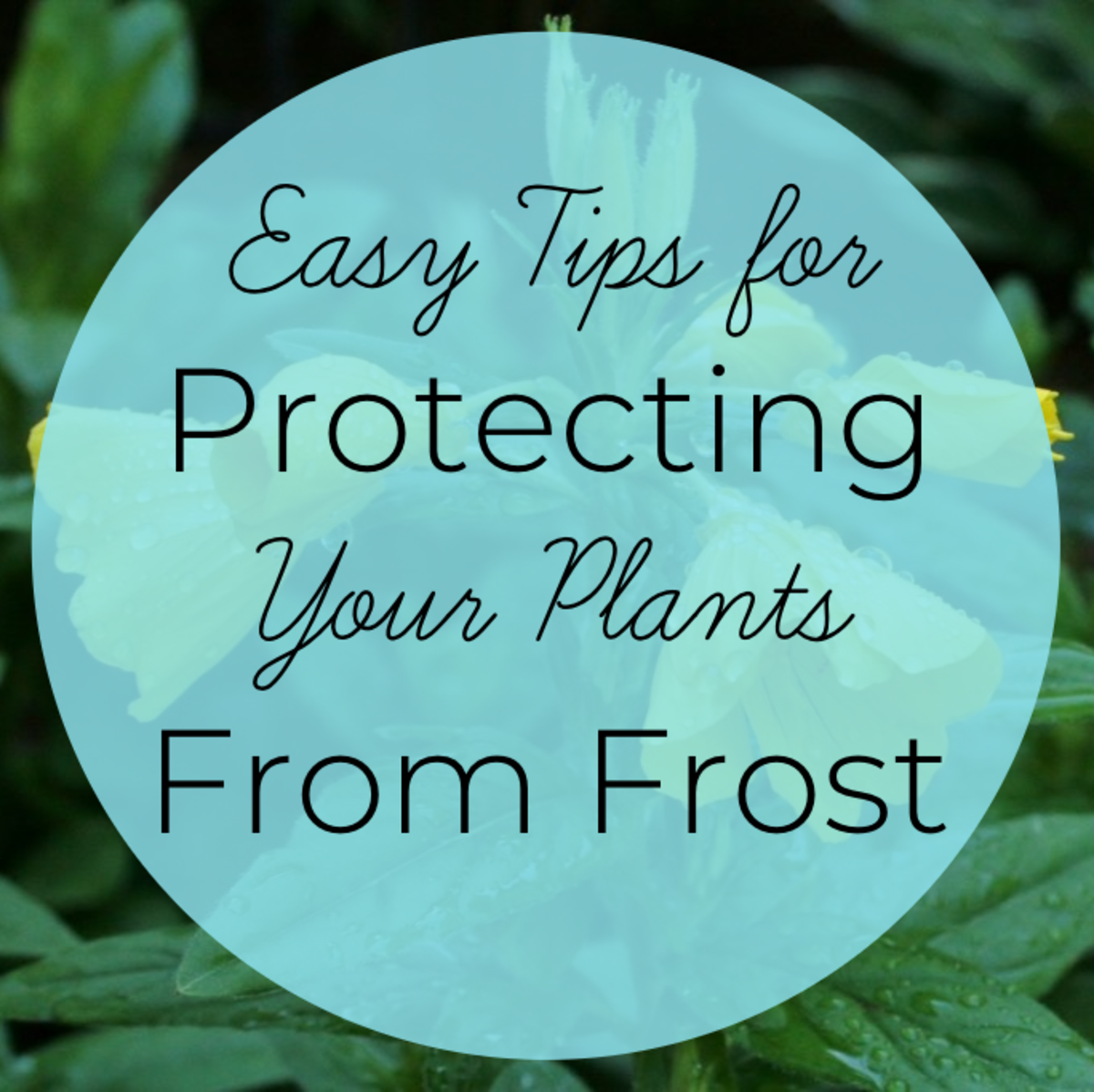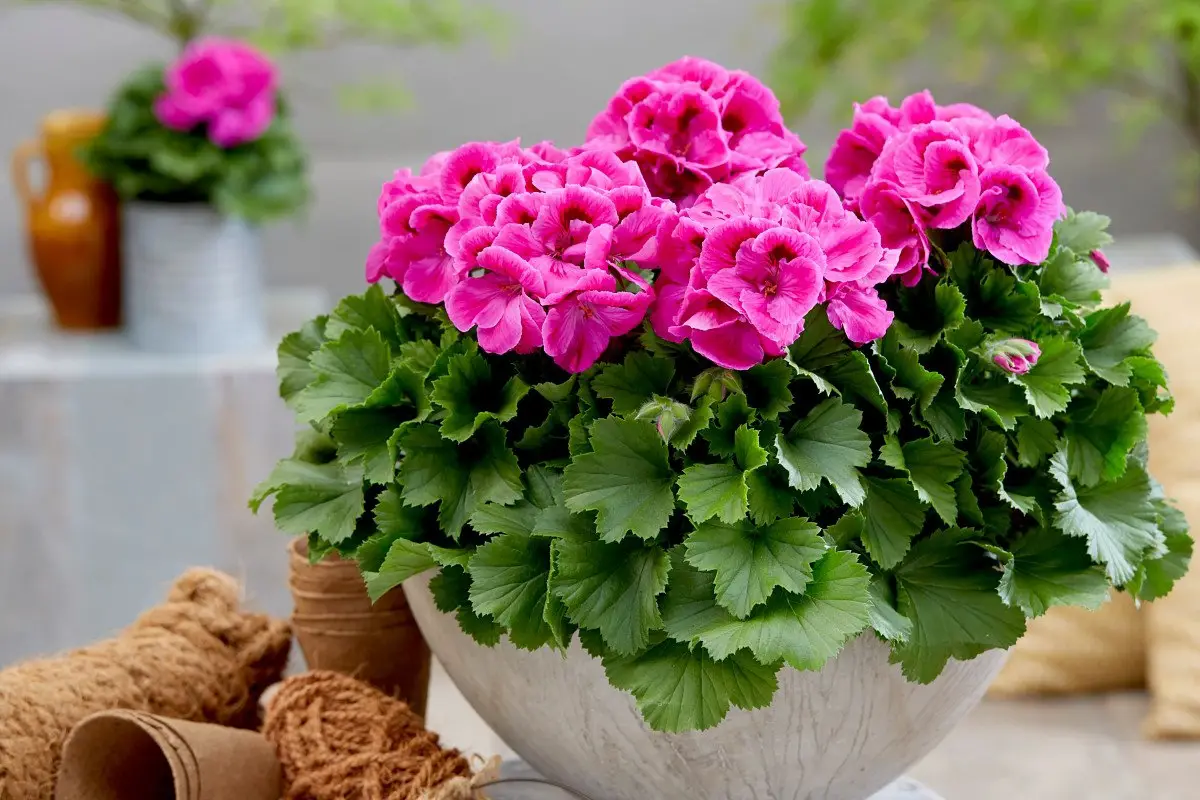Winter Plant Care: Keep Plants Alive

As the first frost begins to settle and the days grow shorter, many of us retreat indoors, leaving our gardens and plants to fend for themselves against the harsh winter elements. But what if we told you that with a few simple tips, you could ensure your plants thrive through the coldest months? Imagine your garden as a well-prepared expedition team, ready to conquer the winter wilderness. Let's dive into the essential tips for keeping plants alive in winter and transform your garden into a haven that defies the cold.
Understanding Winter Plant Protection
Winter can be a challenging season for plants, with freezing temperatures, reduced sunlight, and dry air. To provide the best winter plant protection, it's crucial to understand the specific needs of your plants. Some plants are hardy and can withstand cold temperatures, while others are more delicate and require extra care.
Know Your Cold Weather Plants
Before the first frost hits, take inventory of your garden. Research the cold hardiness of your plants to determine which ones need protection. The USDA Plant Hardiness Zone Map is an excellent resource for understanding which plants thrive in your region.
Essential Plant Care Tips for Winter
Water Wisely
Watering plants in winter requires a different approach than in warmer months. Overwatering can lead to root rot, while underwatering can cause dehydration. Aim to keep the soil consistently moist but not waterlogged. Remember, plants in winter are like hibernating bears—they need less water but still require hydration to survive.
Mulch for Insulation
Mulching is one of the most effective winter gardening tips. A layer of organic mulch, such as straw or wood chips, acts as a cozy blanket for your plants, insulating the soil and protecting roots from temperature fluctuations. Apply a 2-3 inch layer around the base of your plants to retain moisture and regulate temperature.
Prune with Caution
Pruning in winter can be beneficial for some plants, removing dead or damaged branches and encouraging new growth in spring. However, avoid pruning too early, as it can stimulate new growth that may be vulnerable to frost. Wait until late winter or early spring for most pruning tasks.
Indoor Plant Care: Bringing the Garden Inside
For those of us who love gardening, winter doesn't have to mean the end of our green thumb activities. Indoor plant care can be just as rewarding and offers a chance to bring a touch of nature inside.
Choose the Right Plants
Not all plants are suited for indoor living. Opt for species that thrive in lower light conditions and consistent temperatures, such as snake plants, pothos, or peace lilies. These plants are like the easy-going friends who are happy to hang out indoors without much fuss.
Find the Perfect Spot
Place your indoor plants in locations with adequate light and temperature. Most indoor plants prefer indirect sunlight and temperatures between 65-75°F (18-24°C). Avoid placing plants near drafty windows or heating vents, as these can cause temperature fluctuations that stress the plants.
Monitor Humidity
Indoor air can be dry, especially during winter when heating systems are in use. To keep your indoor plants happy, maintain a humidity level of around 40-50%. You can achieve this by placing a tray of water near the plants, using a humidifier, or grouping plants together to create a humid microclimate.
Winter Gardening Tips: Preparing for the Cold
Protect Potted Plants
Potted plants are more susceptible to cold damage because their roots are exposed to air temperatures. Move potted plants to a sheltered location, such as a garage or shed, during extreme cold snaps. Alternatively, wrap the pots in burlap or insulating material to protect the roots.
Cover Delicate Plants
For plants that are particularly sensitive to cold, consider using frost cloths or row covers. These materials provide a barrier against frost and can help retain heat around the plants. Think of it as giving your plants a warm winter coat to keep them cozy.
Drain Irrigation Systems
Before the first hard freeze, make sure to drain your irrigation systems to prevent damage from frozen water. This simple step can save you from costly repairs in the spring.
Conclusion: Embrace Winter Gardening
Winter plant care doesn't have to be a daunting task. With a bit of preparation and the right tips for keeping plants alive in winter, you can ensure your garden thrives through the coldest months. From understanding the specific needs of your plants to providing the right protection and care, you can transform your garden into a winter wonderland that defies the cold.
So, are you ready to embrace winter gardening and keep your plants alive and thriving? Remember, your garden is like a well-prepared expedition team, ready to conquer the winter wilderness with your help.
FAQs
What are some common cold-hardy plants? Common cold-hardy plants include evergreens like pines and spruces, deciduous trees like maples and oaks, and perennials like hostas and daylilies. These plants are well-adapted to survive cold temperatures and can add beauty to your garden year-round.
How often should I water my indoor plants in winter? Watering frequency depends on the specific plant and its environment. Generally, indoor plants need less water in winter due to slower growth and reduced light. Check the soil moisture regularly and water when the top inch of soil feels dry.
Can I use plastic to cover my plants for frost protection? While plastic can provide some protection from frost, it is not as effective as frost cloths or row covers. Plastic does not allow air circulation and can trap moisture, leading to potential issues like mold or rot. Opt for breathable materials designed for frost protection.
Should I fertilize my plants in winter? Most plants go dormant or slow their growth in winter, so they do not require as much fertilization. It's generally best to avoid fertilizing during the coldest months. However, some indoor plants may benefit from a light feeding if they are actively growing.
How can I tell if my plants are getting enough light indoors? Signs that your indoor plants are not getting enough light include yellowing leaves, leggy growth, and slow growth. If you notice these issues, try moving your plants to a brighter location or supplementing with artificial grow lights.


By following these tips and staying attuned to your plants' needs, you can enjoy a thriving garden all year round. Happy winter gardening!
0 Response to "Winter Plant Care: Keep Plants Alive"
Post a Comment